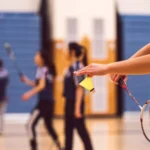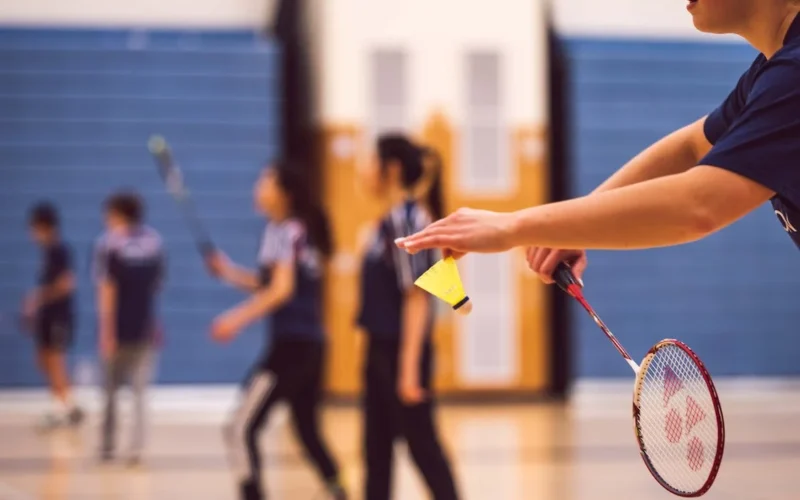
In your bag: Badminton’s essential gear
Like all racquet sports, badminton requires you to have your own gear in order to play, whether it is just for fun or for serious competition.
There are many kinds of equipment for every price point, so you are not missing out on almost anything and anywhere.
So, what is essentially inside your bag? Here are the tools you need.
[RELATED: BADMINTON 101]
Racquet
You are not playing badminton if you do not have a proper racquet. Simple as that.
In badminton, the racquets are lighter and thinner than those thick and heavy ones that you use in tennis. And because of its size, speed is the name of the game in the sport, with reflexes being crucial and a defining factor.

There are three parts of a racquet: the head frame that holds the strings together, the shaft that stabilizes the head and the handle that grips it with a single hand.
The badminton racquets come from different materials that were designed for every playing level and have differing levels of flexibility. If you are just starting to play, go for the steel or aluminum racquets.
However, it’s best to buy carbon fiber or graphite racquets in the long run, apart from the fact that it was used by the top professionals in the game.
Shuttlecocks

Badminton is not badminton without its most defining symbol. The cone-shaped projectile is the one that players smash with their racquets back and forth, and the game keeps on going until it hits the floor.
The recreational type of these birds was made of plastic, and is used by children and beginners as it is more durable.
However, the serious shuttlers prefer those made of 16 goose feathers that were inserted into a cork and stitched together. The high quality of those materials meant that the sport of badminton is the fastest in the world, given that every smash can go for up to almost 500 kilometers per hour.
Shoes

Every sport has footwear that is specifically made for a certain playing surface, and badminton is no exception to that. You cannot smash your shuttlecocks when you wear football boots, with those cleats damaging the floor. Or try serving with a jogging shoe, where it only works best on gravel or track but it does not have any grip on it.
In badminton, you need to have a pair with non-marking rubber soles in it. Not only is it lightweight, but also it helps you get a proper grip and reflexes, given the high-speed nature of the sport where you have to move places in quick succession, just to prevent the shuttlecock from dropping on the floor.
If you do not have the budget to have one, a pair of volleyball shoes can be a good alternative, given that you have to jump for that powerful smash.
Attire

There is no set of dress codes that are implemented in badminton. Common sense dictates that you have to wear light and comfortable, so you can move freely and swiftly as the game demands.
Thus, shuttlers of all skill levels are wearing a pair of shirts and shorts (or skirts for women) to go along with their shoes and their playing equipment.
Although initially being worn as a vanity, the use of wristbands and headbands (see Viktor Axelsen) had a vital function: to absorb sweating, which can cause decreased grip and control of your racket. A backup plan for that if you do not have it, is to have a towel with you and wipe any excess sweat during the intervals.
Ready to serve
Before stepping into the rubber court, here are two basic principles when you are going to find the best gear.
- Buying from a sports store is a million times better than shopping online, that is for sure. There is more than just looking at the screen for your dream stuff, as you can test every piece of equipment on their display and check for its price as you consider your budget for it.
- Function over aesthetics, all the time. Although it feels good to look nice on the court, it is way better to let your gear do the smashing.



